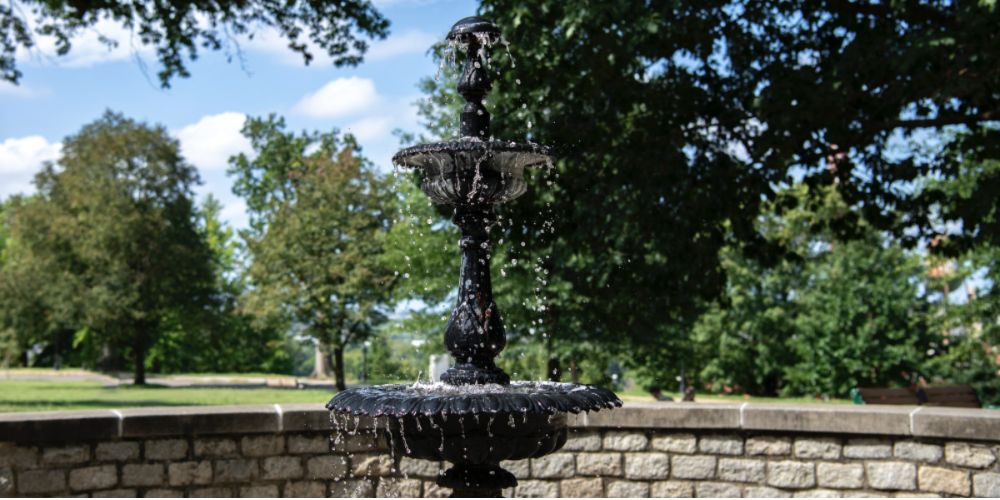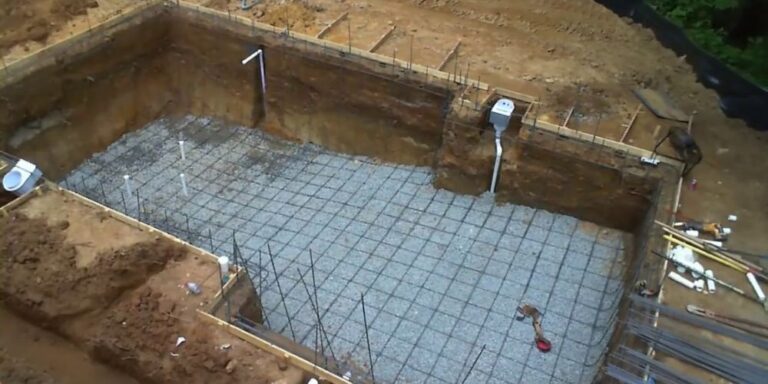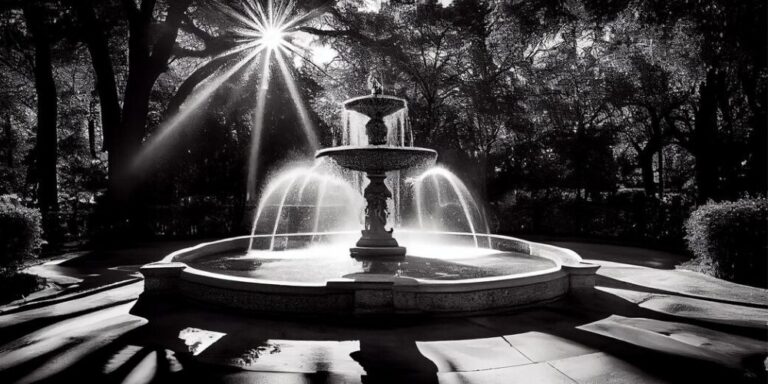Installing a large-scale fountain can elevate the ambiance of any public or private space, adding beauty, tranquillity, and sophistication. However, these grand water features can also be costly, considering the expense of materials, installation, and maintenance. Fortunately, there are several strategies to help reduce costs while still achieving the desired effect. Here are five practical cost-saving tips when installing large-scale fountains.
1. Plan Thoroughly and Prioritize Design
The key to minimizing costs during the installation of a large-scale fountain lies in thorough planning. A well-thought-out design helps ensure that you avoid unnecessary expenses down the line. Start by establishing a clear vision for the fountain, taking into consideration the space, desired aesthetics, and the surrounding environment.
Instead of opting for extravagant features, focus on simple yet striking designs that capture attention. Intricate details, such as numerous water streams, elaborate sculptures, or expensive materials, can significantly drive up costs. By narrowing down the design and carefully considering essential features, you can achieve a stunning fountain at a fraction of the price. Additionally, make sure to account for factors like water supply, drainage, and energy sources, as proper planning will help reduce unexpected costs.
2. Source Materials Wisely
Materials account for a large portion of the overall cost when installing large-scale fountains. While high-end materials like granite, marble, or copper may create a luxurious appearance, there are more cost-effective alternatives that can still deliver excellent results.
Look for local suppliers who offer quality yet affordable materials that suit your fountain’s design and aesthetic. For instance, opting for concrete instead of natural stone can significantly reduce material costs, while still maintaining a durable and visually appealing structure. Additionally, consider using recycled materials, such as repurposed stones, metal components, or salvaged items, which can contribute to a more sustainable and budget-friendly fountain installation.
By exploring less expensive yet functional materials and purchasing locally, you can cut down on both material costs and transportation fees.
3. Do Some of the Work Yourself
While professional installation is often necessary for large-scale fountains, there are aspects of the process you can handle yourself to save money. Tasks such as excavation, basic site preparation, or even assembling certain fountain components can be done on your own if you have the necessary skills and tools. Of course, it’s important not to compromise safety or quality, so if you’re unsure about your capabilities, hiring a professional for critical tasks such as electrical installation or plumbing is advised.
Additionally, you can save on maintenance costs by learning how to clean and maintain your fountain. Regular cleaning and water treatment can prevent costly repairs, as stagnant or dirty water can damage components over time. By understanding the basics of fountain care, you can reduce the need for professional maintenance services, making the overall ownership experience more affordable.
4. Opt for Energy-Efficient Components
When installing a large-scale fountain, energy consumption can become an ongoing expense due to pumps, lighting, and other electrical components. To minimize energy costs, invest in energy-efficient equipment designed for water features. Modern pumps and filtration systems are more energy-efficient than older models, ensuring that your fountain operates smoothly without excessive energy consumption.
Additionally, consider using LED lighting instead of traditional lighting options. LED lights not only consume less energy but also have a longer lifespan, which reduces the need for frequent replacements. By opting for these energy-efficient components, you’ll significantly lower the fountain’s long-term operating costs.
5. Shop Around for Professional Services
Hiring a professional team for the installation of your large-scale fountain is essential, but that doesn’t mean you should settle for the first quote you receive. Take the time to shop around and compare prices from multiple contractors who specialize in fountain installation. Get quotes that break down the costs of labor, materials, equipment, and other services to ensure transparency and avoid hidden fees.
Before making a decision, check the reputation and experience of the professionals you’re considering. Sometimes, opting for a less expensive contractor may result in subpar installation or ongoing maintenance issues. Look for contractors who have a track record of successful installations and who are willing to provide detailed contracts outlining the scope of work and costs.
By researching contractors and choosing the best value for your budget, you can ensure high-quality results while staying within your financial limits.
Aura Fountains
Aura Fountains provides expert cost-saving tips for installing large-scale fountains without compromising on quality or design. By offering strategic solutions such as selecting energy-efficient pumps, utilizing durable materials, and planning the layout carefully, Aura Fountains helps you maximize your investment. Their guidance ensures that you achieve a stunning, high-impact water feature while keeping installation and maintenance costs in check.
Conclusion
Installing a large-scale fountain can be an investment in both aesthetic appeal and functionality, but it doesn’t have to break the bank. By planning your design carefully, sourcing affordable materials, performing some tasks yourself, opting for energy-efficient components, and shopping around for contractors, you can reduce costs significantly without compromising the quality or visual impact of the fountain. With these five cost-saving tips, you can enjoy a magnificent water feature that enhances your space while staying within budget.
Don’t miss: How to Use Lighting to Transform Your Fountain at Night





